
Wildfires threatened the only existing population of Roach’s mouse-tailed dormouse in Bulgaria this summer. Action is needed to save this dormouse for Europe’s fauna.
Continue reading
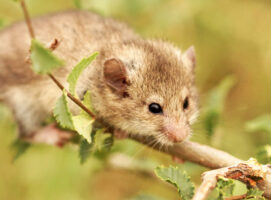
Since its rediscovery in 2017, The Habitat Foundation supports the research and conservation of Roach’s Mouse-tailed dormouse (Myomimus roachi) in Bulgaria. In the area where the dormouse was found, we…
Continue reading
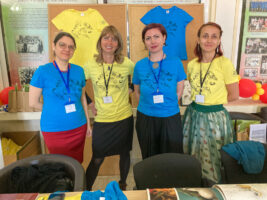
Every three years, scientists, conservationists, naturalists and volunteers gather to exchange knowledge and experience on dormice (Gliridae). In 2022, The Habitat Foundation, together with the National Museum of Natural History…
Continue reading

Every three years, scientists, conservationists, naturalists and volunteers gather to exchange knowledge and experience on dormice (Gliridae). In 2022, The Habitat Foundation, together with the National Museum of Natural History…
Continue reading
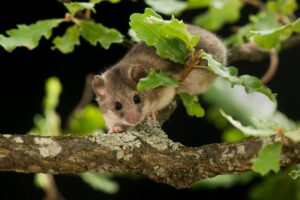
The 11th International Dormice Conference starts today. This time the conference takes place in the southeast of Bulgaria, in the realm of Roach’s Mouse-tailed Dormouse (Myomimus roachi). Nedko Nedyalkov of…
Continue reading

The Irish National Parks and Wildlife Service, in the Department of Housing, Local Government and Heritage supports the research on Roach’s mouse-tailed dormouse (Myomimus roachi). In 2017 we started a…
Continue reading

You are invited to take part in the XIth International Dormouse Conference 2022 in Svilengrad, Bulgaria. The conference will take place from May 9th till 13th, 2022. For more info…
Continue reading
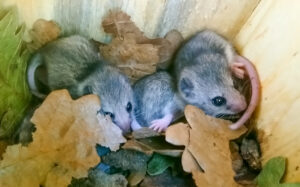
Missing for almost 40 years the Mouse-tailed dormouse (Myomimus roachi Bate 1937) was rediscovered in 2017 when during a routine field survey a single specimen was caught. In the following…
Continue reading

For more than 35 years Holohil provides state-of-the-art radio-tracking equipment to wildlife researchers. Recently, the company donated 10 transmitters to the Mouse-tailed dormouse project in Bulgaria.
Continue reading
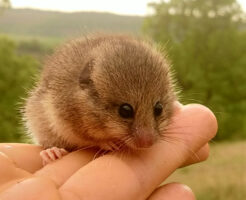
The Mouse-tailed dormouse is one of the rarest mammals in the Western Palearctic. Because of its small distribution area, it is categorised as vulnerable in the IUCN Red List. It…
Continue reading